Step: 1
Procuring the best quality Yarn depending on its texture, smoothness, shine, and strength from different parts of India .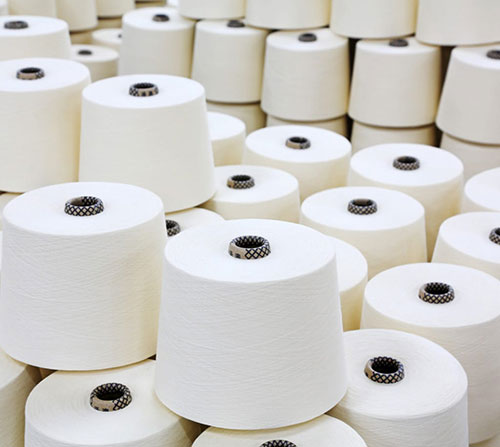
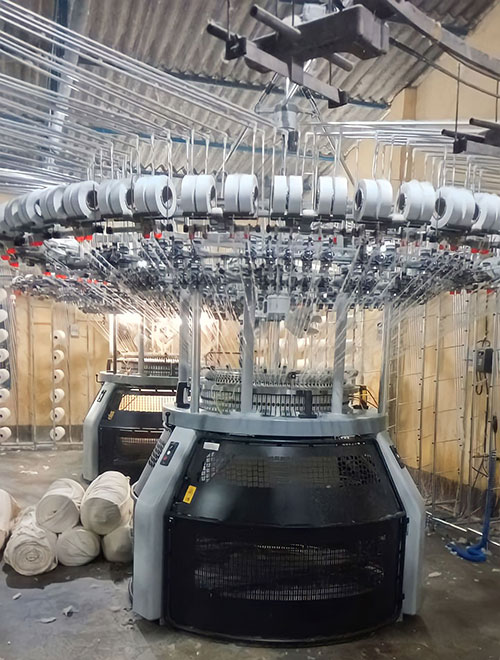
Step: 2
Knitting is the second process of using long needles to interlink or knot a series of loops made by one continuous yarn. Each loop or knot connects to another one, and when enough loops have been made, the result is a flat piece of material called a Fabric.Step: 3
Fabric checking involves inspecting textile materials for quality and defects. This process typically includes visual examination and may also involve physical tests. Inspectors look for flaws like stains, discolorations, irregularities in the weave, or any other imperfections. Fabric may also undergo strength and durability tests, depending on its intended use. Automated systems or trained personnel often perform these checks during different stages of production to ensure that the fabric meets quality standards before reaching the market.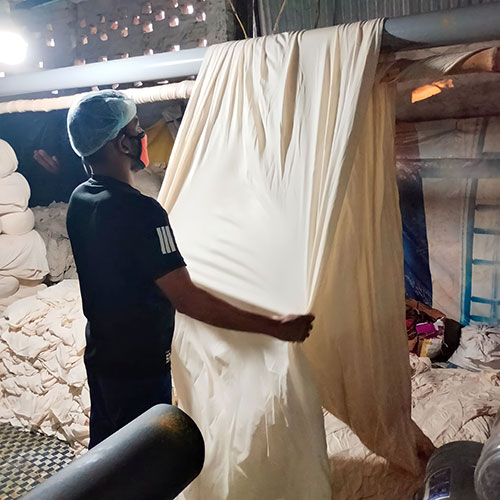
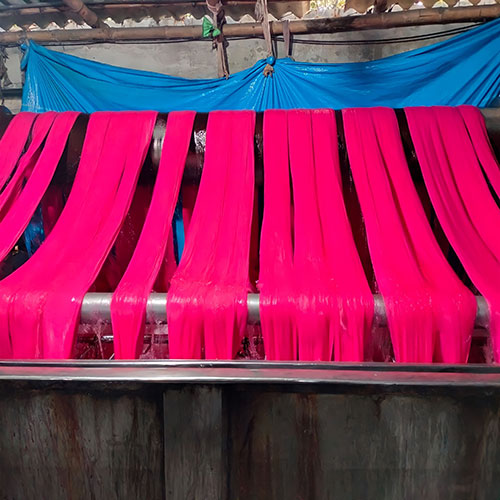
Step: 4
Dyeing process which involves applying color to fibers, yarns, or fabrics. Common methods include immersion dyeing, where materials are submerged in a dye bath, and printing, which applies color in specific patterns. Other techniques include tie-dye, batik, and resist dyeing. Each method requires selecting appropriate dyes and fixatives based on the material being dyed.Step: 5
Biowash fabric refers to textiles that have undergone a biological or enzyme-based washing process. This eco-friendly method utilizes enzymes to remove impurities and unwanted substances from the fabric, enhancing its softness and feel. Biowashing is considered more sustainable than traditional chemical-based processes, as it reduces the environmental impact and minimizes the use of harsh chemicals in textile production.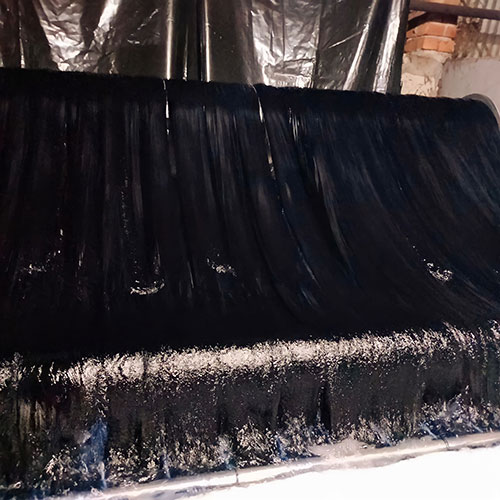
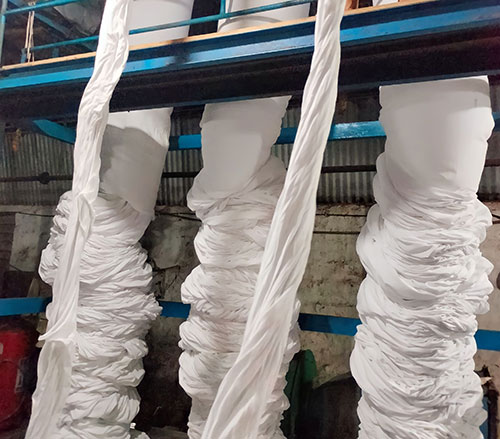
Step: 6
During fabric dyeing, the drying process is a crucial step. After the fabric has been immersed in the dye bath and has absorbed the color, it needs to be dried to set the dye and complete the coloring process. The drying method may vary based on the type of fabric and the dye used.Common methods include air drying, where the fabric is exposed to natural air, or machine drying, which involves using industrial dryers. The chosen method depends on factors like the fabric's sensitivity to heat and the specific dyeing process requirements. Proper drying is essential to achieve the desired color fastness and overall quality of the dyed fabric.
Step: 7
Calender ironing is a process where a machine is used in textile finishing to improve the surface characteristics of fabrics. It consists of heated rollers that apply pressure and sometimes moisture to the fabric, enhancing its appearance and properties. The calendering process can impart a smooth, glossy finish, increase fabric density, and improve overall texture.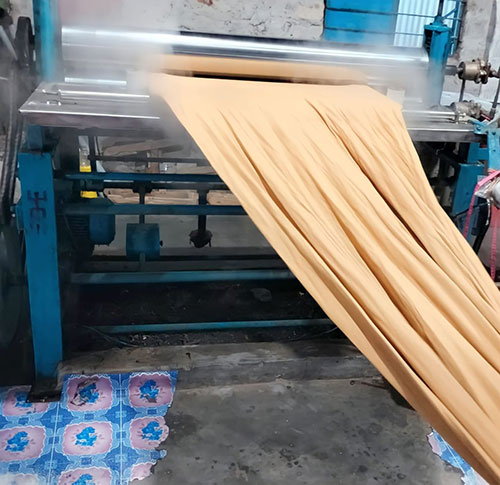
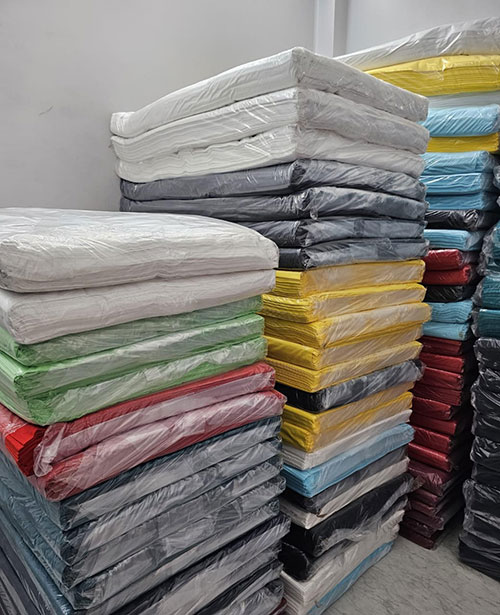
The fabric is passed between the heated rollers, and the combination of heat and pressure helps to flatten the fibers, giving the fabric a polished look. This process is commonly used for materials like cotton, wool, and synthetics to achieve specific aesthetics and performance characteristics.
 English
English Spanish
Spanish French
French German
German Italian
Italian Chinese (Simplified)
Chinese (Simplified) Japanese
Japanese Korean
Korean Arabic
Arabic Portuguese
Portuguese



